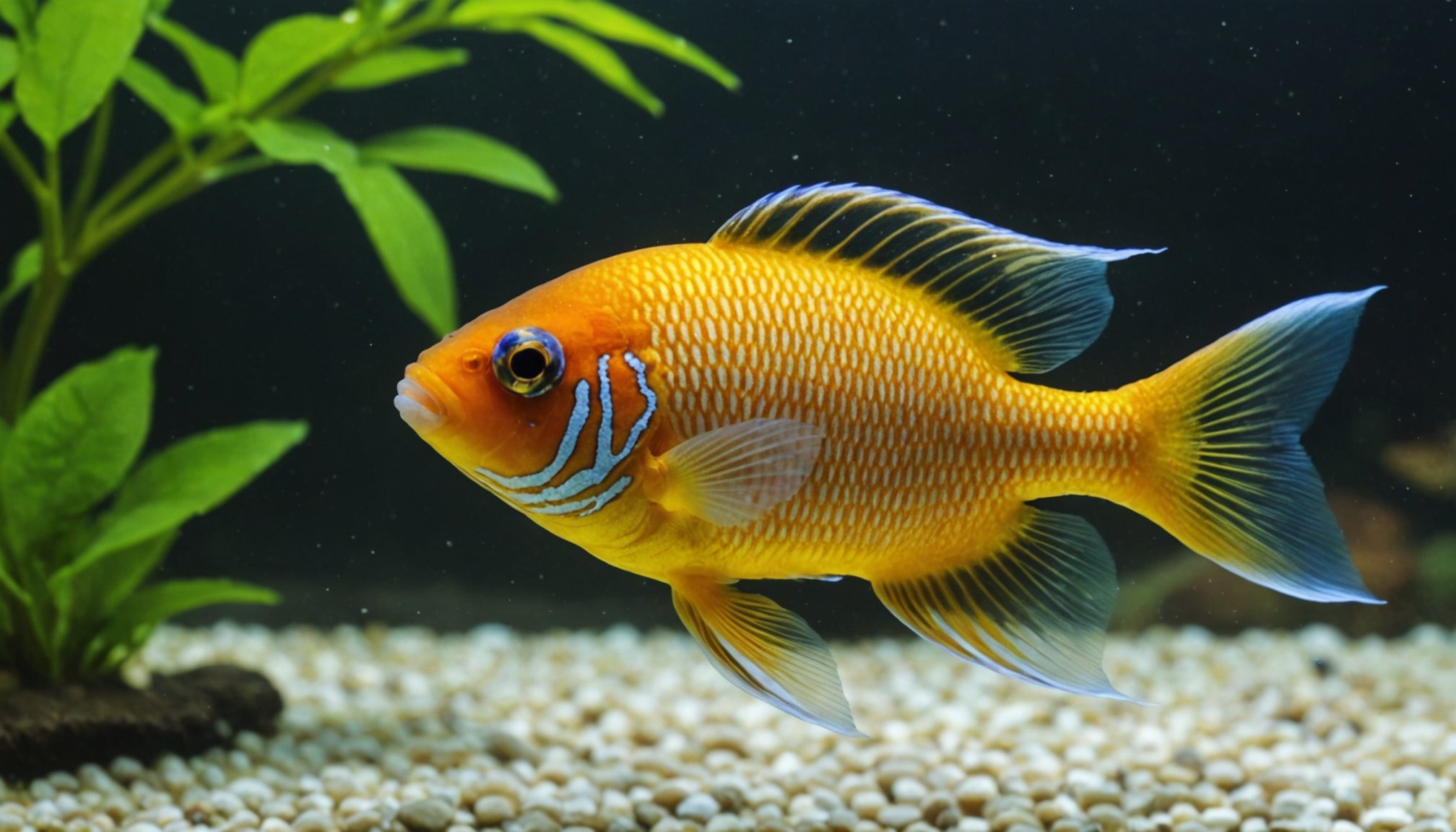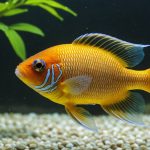Caring for pet fish is not just about enjoying their vibrant colors and calming presence in your home. As responsible pet owners, you play a crucial role in ensuring their health and longevity. Unlike terrestrial pets, fish’s living environment is entirely aquatic, meaning the water quality and tank conditions directly influence their well-being. Understanding how to prevent illnesses and maintaining optimal environments is essential to keep your finned friends healthy. In this article, we delve into effective strategies to prevent your pet fish from getting sick in their aquarium, covering everything from water quality to quarantine practices.
Maintaining Optimal Water Quality
The foundation of a healthy aquarium is pristine water quality. Given that fish live entirely within this environment, any imbalance can lead to stress and diseases. By employing proper water management, you significantly reduce the risk of illness among your aquatic pets.
Have you seen this : Recognizing dehydration in your reptiles: essential signs and prevention strategies for a thriving habitat
Water Testing and Management
Regular water testing is vital to ensure your tank’s parameters are within safe ranges. Test kits available in pet stores allow you to measure essential factors such as pH, ammonia, nitrite, and nitrate levels. Weekly water changes—typically 10-20%—help maintain balance and remove accumulated waste.
Importance of Filtration
A good filter not only keeps the water clear but also helps in maintaining appropriate chemical levels. Filters work by removing debris and converting harmful substances into less toxic forms. Ensure your filter is suitable for the size of your tank and clean it regularly to maintain efficiency.
Additional reading : What type of bedding is best for your pet rabbit’s cage?
Managing Temperature and Other Parameters
Different fish require specific temperature ranges, so use a reliable aquarium heater to keep it consistent. Also, stability in parameters such as pH and hardness is crucial; sudden changes can induce stress and disease. Always acclimate your fish when introducing them to a new tank to allow them to adjust gradually.
Choosing the Right Diet and Feeding Practices
Nutrition plays a pivotal role in keeping fish healthy and preventing illnesses. An improper diet can weaken your fish’s immune system, making them more susceptible to diseases.
Understanding Fish Nutrition
Different species have varied dietary needs, ranging from omnivorous to strictly carnivorous or herbivorous diets. Research your specific fish species to understand their dietary requirements and provide a balanced diet rich in the necessary nutrients.
Feeding Frequency and Quantity
Overfeeding is a common mistake that can lead to water quality issues due to uneaten food decomposing in the tank. Feed your fish small amounts they can consume in 2-3 minutes. It’s better to provide multiple small meals than a large one, keeping them active and their metabolism steady.
Incorporating Variety
Introduce a variety of foods, including high-quality pellets, flakes, frozen, or live food, to ensure complete nutrition. Such diversity not only meets nutritional needs but keeps your fish engaged and reduces stress, contributing to their overall health.
Implementing Quarantine Practices
Quarantine is a critical step often overlooked by aquarists. It is the first line of defense against introducing diseases into your main tank environment.
The Purpose of Quarantine
By quarantining new fish, you prevent the potential introduction of pathogens to your established aquarium. Quarantine tanks allow you to observe and treat any signs of illness before introducing new fish to your main tank.
Setting Up a Quarantine Tank
A quarantine tank need not be elaborate; a simple setup with basic filtration, a heater, and some hiding spots suffices. Keep the tank’s environment stable and monitor your new fish closely during this period, typically lasting two to four weeks.
Observing and Treating Illnesses
During quarantine, be vigilant for any signs of disease, such as lethargy, changes in appetite, or physical deformities like clamped fins. Administer treatments as necessary. This practice ensures healthy fish are introduced into your community, safeguarding the well-being of all your aquatic pets.
Monitoring and Identifying Early Signs of Illness
Despite your best efforts, fish can sometimes fall ill. Early detection is critical in preventing the spread of disease and ensuring effective treatment.
Recognizing Symptoms
Regular observation helps in identifying signs such as discolored fins, irregular swimming patterns, or visible lesions. Familiarize yourself with common diseases like ich, fin rot, and dropsy, enabling you to act swiftly if symptoms appear.
Responding to Illness
If you notice any signs of illness, immediately isolate the affected fish to prevent spread. Use appropriate medications available in pet stores and follow the instructions meticulously. Do not add medications directly to your main tank unless explicitly required.
Consulting Professionals
In complex cases, consulting a veterinarian with expertise in aquatic animals can be invaluable. They can provide insights into uncommon diseases and suggest advanced treatments, ensuring your fish receive the best possible care.
Preventing fish diseases is an ongoing responsibility that demands attention to detail and consistent care. By maintaining optimal water conditions, providing balanced nutrition, and implementing effective quarantine practices, you greatly enhance your fish’s quality of life. Regular monitoring and timely interventions are keys to longevity, ensuring your aquatic companions thrive in their aquarium environment. As stewards of your underwater world, your commitment to these practices will cultivate a healthy and vibrant ecosystem, offering you the joy of observing your aquatic pets in their best form.






